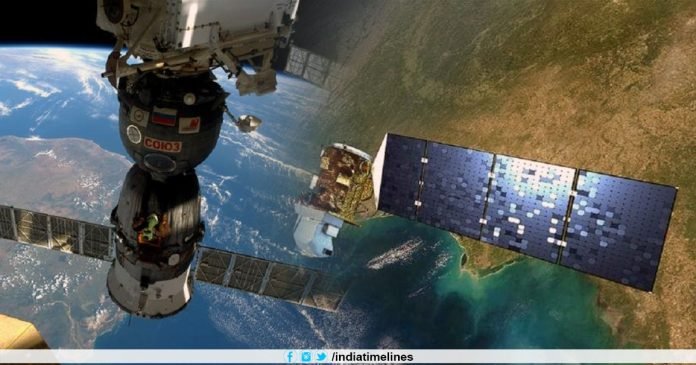
NASA Calls India Satellite Destruction ‘Terrible Thing’- Washington: The NASA chief on Monday destroyed one of its satellites in India as a “terrible thing”, which created 400 pieces of orbital debris and caused new threats to astronauts aboard the International Space Station (ISS). Jim Bridenstine was addressing the employees of the National Aeronautics and Space Administration (NASA) when India considered less orbiting satellites in missile testing as one of the world’s advanced space powers.
NASA Calls India Satellite Destruction ‘Terrible Thing’
All pieces were not enough to track, Bridenstein explained. “The track we are tracking now is enough to track things – we’re talking about 10 centimeters (six inches) or larger – about 60 pieces are tracked.”
Indian satellite was destroyed at a relatively low altitude of 300 km, which is under the ISS and is in the orbit of most satellites. But 24 of the pieces are going up the “Apogee of the International Space Station,” said Bridenstein.
“It is a terrible, horrific event that sends debris to an Apogee going up the International Space Station,” he said, “such activity is not compatible with the future of human spacecraft.”
“It is unacceptable, and NASA needs to be very clear about what its impact is on us.”
The US military tracks objects in space to predict the risk of collision for ISS and satellites. They are currently tracking 23,000 items which are more than 10 centimeters. It contains approximately 10,000 pieces of space debris, of which about 3,000 were created by the same event: a Chinese anti-satellite test in 2007 at a distance of 530 miles from the surface. For the latest updates, you can visit www.indiatimelines.com.
As a result of Indian testing, the risk of collision with ISS has increased by 44 percent in 10 days, Breidenstein said. But this exposure will spread over time because it will burn the debris once it enters the atmosphere.




































